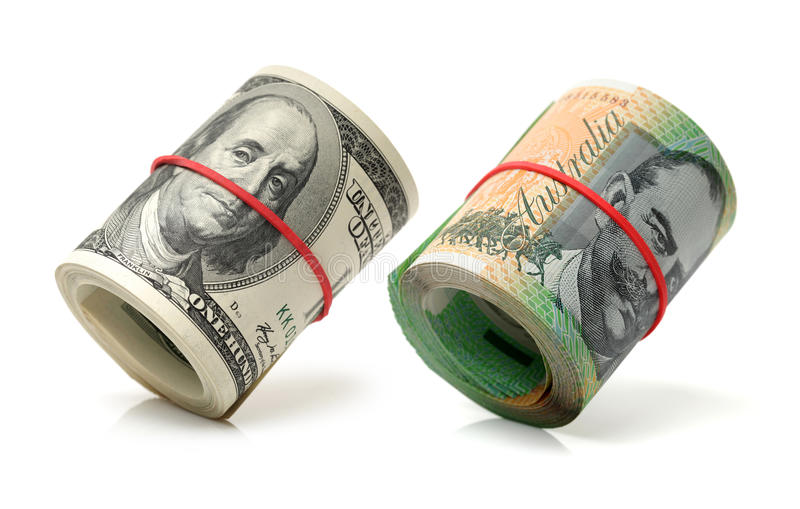Australian dollar has gained strength as a result of the country’s export boom.
The Australian Dollar (AUD) is showing signs of strength, attempting to build on its gains from the previous session. Following the decrease in US Treasury rates, the Aussie pair gained upward support from the US Dollar (USD).
Australia’s trade balance increased to $9.640 billion, above market estimates of $8.725 billion.
The Australian Bureau of Statistics said that Trade Balance figures for August improved, suggesting healthy increase in Australian exports, which might support the Australian Dollar (AUD).
However, the AUDUSD pair may experience difficulties as a result of market concern over the US. The Federal Reserve’s (Fed) interest rate trajectory puts additional pressure on the AUD/USD pair. Furthermore, the Reserve Bank of Australia’s (RBA) dovish approach in policy choices contributes to the downward pressure on the Australian Dollar.
The US dollar has weakened following Wednesday’s poor jobs statistics.
The US Dollar Index (DXY) is correcting from an 11-month high following disappointing US job statistics on Wednesday, as well as a retreat in US Treasury rates. The first bond sell-off, however, pushed US rates to levels not seen in years, followed by a recovery. Investors will keep a careful eye on the bond market, noting its importance in moving financial markets.
Daily Market Movers: Australian Dollar improves as a result of US Dollar decline The Australian trade balance is improving.
In August, Australia’s MoM trade balance improved. , exceeding market projections of 8,725 million to reach 9,640 million. The reading for July was 8,039 million.
In its most recent policy meeting on Tuesday, the RBA chose to maintain the status quo, holding the current interest rate constant at 4.10%.
The Reserve Bank of Australia may attempt a rate rise, with predictions pointing to a top of 4.35% by the end of the year. This forecast corresponds to the steady rise in inflation over the objective.
Michele Bullock, the newly appointed governor of the RBA, stressed the need for more tightening of monetary policy in her maiden monetary policy statement following the interest rate decision.
Bullock stated that recent statistics point to inflation returning to the target range. While Australian inflation has peaked, it remains high. and is predicted to last for some time.
In September, the US ISM Services PMI fell from 54.5 to 53.6, as expected. The September ADP Employment Change increased by 89,000, falling short of the market estimate of 153,000 and being the lowest number since January 2021.
The 10-year US Treasury yield has fallen from 4.88% on Wednesday, which was the highest since 2007.
Traders are looking forward to Friday’s Jobless Claims and Nonfarm Payrolls. Positive data might lead to additional USD gains and increased volatility in the bond market.









